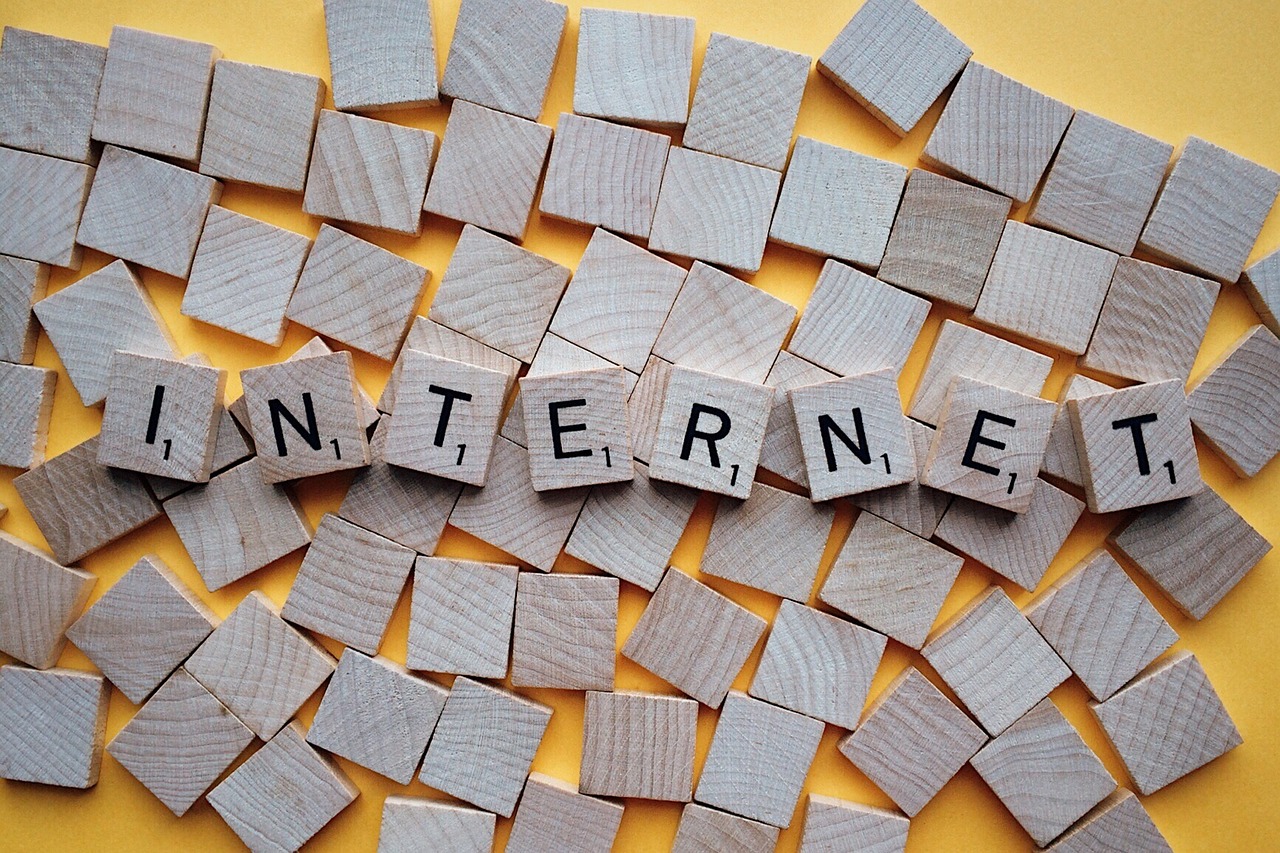What is Wohngeld?
Housing benefits in Germany is a financial assistance program that helps cover the expenses of renting a property or owning a house or condominium. This support is funded through a partnership between the federal government and the individual federal states, with each contributing equally.
To access housing benefits, you need to initiate the application process. Your application will be assessed by your local municipal administration, which will determine whether you qualify for housing benefits. Alternatively, you have the option to complete the application online for added convenience.
Who is eligible for housing benefits in Germany?
- Income: Eligibility is determined by your household income, including wages, salaries, pensions, and social benefits. The specific income limit varies by program and state, favoring lower incomes.
- Family Size: Larger households with dependents, like spouses and children, may qualify for higher benefits.
- Housing Costs: Housing benefits assist those with a significant portion of their income dedicated to rent or housing expenses.
- Residency: You must be a legal resident of Germany to be eligible, including citizens, permanent residents, and certain visa holders.
Who is not eligible?
If you are already receiving certain benefits that cover your accommodation costs, you will generally not be eligible to receive housing benefit. These benefits include:
- Unemployment Benefit II and Social Benefit: If you are already receiving unemployment benefit II or social benefit, these programs typically cover your housing costs, and you won’t receive additional housing benefits.
- Housing Allowances for Trainees: Trainees who are receiving housing allowances typically have their accommodation costs accounted for within that program, making them ineligible for housing benefits.
- Temporary Allowance or Injury Benefit Equivalent to Unemployment Benefit II: If you receive a temporary allowance or injury benefit that is equivalent to unemployment benefit II, your housing costs are usually included, so you won’t qualify for housing benefit.
- Basic Income Support for Old Age and Reduced Earning Capacity: Individuals receiving basic income support due to old age or reduced earning capacity usually have their housing expenses covered under this program.
- Cost-of-Living Assistance Benefits: Cost-of-living assistance benefits often include provisions for housing costs, making you ineligible for separate housing benefits.
- Child and Youth Welfare Benefits in Households Exclusively Receiving These Benefits: If your household only consists of individuals receiving child and youth welfare benefits, your accommodation costs are typically addressed within this program, and you won’t receive additional housing benefits.
- Benefits in Special Cases, Basic Benefits under the Asylum Seekers Benefits Act, and the Residence Act: These programs usually incorporate provisions for housing expenses, making you ineligible for housing benefits when you are already receiving benefits under these acts.
In summary, if you are already covered by any of these specific benefit programs, your accommodation costs are typically included, and you won’t be eligible for additional housing benefits in Germany.
How much housing benefit can I get?
- Rent Support Eligibility:
- To be eligible for rent support, your total income as of January 1, 2020, should not exceed EUR 1,120.00 per month if you live alone.
- For households with four individuals, the combined total income must not exceed EUR 2,392.00 per month, including the taxable income of all household members.
- Don’t forget to mention any professional expenses, such as work-related commuting costs, when submitting your application.
- Rent and Apartment Size Limits:
- Housing benefits are determined based on factors such as the size of your apartment and the rent you are paying.
- The criteria for whether your rent is considered too high or if your apartment is deemed too large depends on the number of people in your household and the limits established by your municipality.
- Municipal Rent Maximums:
- The maximum allowable rent for housing benefits varies by municipality. For instance:
- A single-person household might have rent limits ranging from EUR 338.00 to EUR 575.00.
- Meanwhile, a household with four members could face rent limits between EUR 568.00 and EUR 968.00.
- The maximum allowable rent for housing benefits varies by municipality. For instance:
- Heating Cost Supplement:
- Starting in January 2021, an additional supplement for heating costs is included alongside the maximum housing benefit amount.
- The heating supplement varies based on the number of people residing in your household. For instance:
- A single-person household may receive 14.40 euros.
- A household with four members could receive 25.80 euros as a heating cost supplement.
Below are some examples of the approximate amount of housing benefit you can expect given in www.dgb.de/wohngeld
How long will I receive housing benefit payments?
The duration of housing benefit payments extends for an initial 12-month period, after which you must reapply to continue receiving assistance. During these 12 months, if any changes occur in your living situation, it’s essential to notify your local authorities promptly. This includes situations where a family member departs, your income rises, or your rent increases by more than 15%. Importantly, housing benefit is tied to a specific dwelling, so if you move, you must initiate a fresh application for the new residence.
How can I apply for housing benefit?
To apply for Wohngeld (Housing Benefit) in Germany, you’ll need to follow these general steps:
- Gather Required Documents: Collect the necessary documents, which may include:
- Proof of income (e.g., pay stubs, pension statements).
- Proof of rent or housing costs (e.g., rental agreements).
- Identification documents.
- Information about your household composition (e.g., birth certificates or marriage certificates).
- Contact Local Housing Authority: Reach out to your local housing authority (Wohngeldamt) or equivalent government office in your area. You can usually find their contact information on your city or municipality’s official website. If you’re unsure where to apply, inquire at your local citizen’s office (Bürgeramt).
- Request an Application Form: Ask for a Wohngeld application form. You may be able to obtain this form in person at the housing authority office, download it from their website, or request it by mail.
- Complete the Application: Fill out the application form carefully and accurately. Provide all required information and attach the necessary documents.
- Submit the Application: Return the completed application form along with the supporting documents to your local housing authority. Ensure you meet any submission deadlines.
- Application Review: The housing authority will review your application. They may contact you for additional information or clarification if needed.
- Wait for a Decision: It can take some time for the housing authority to process your application and make a decision. The exact processing time varies depending on your location and the volume of applications.
- Receive Notification: Once your application is reviewed, you will receive an official notice indicating whether you qualify for Wohngeld and, if so, the amount you’ll receive.
- Payment: If approved, you’ll start receiving Wohngeld payments, typically every month.
- Renewal: Keep in mind that Wohngeld is not always granted indefinitely. You may need to reapply periodically or report changes in your income or housing situation.
If your Housing Benefits in Germany falls short of covering your full rent, you have the option to apply for a Discretionary Housing Payment (DHP) to assist with the remaining rent. The duration of your DHP support varies according to your specific situation. In the long run, you may need to explore additional employment opportunities or consider relocating to a more cost-effective housing arrangement.
Some housing benefit offices now accept online applications. Further information and useful links are provided at DGB








